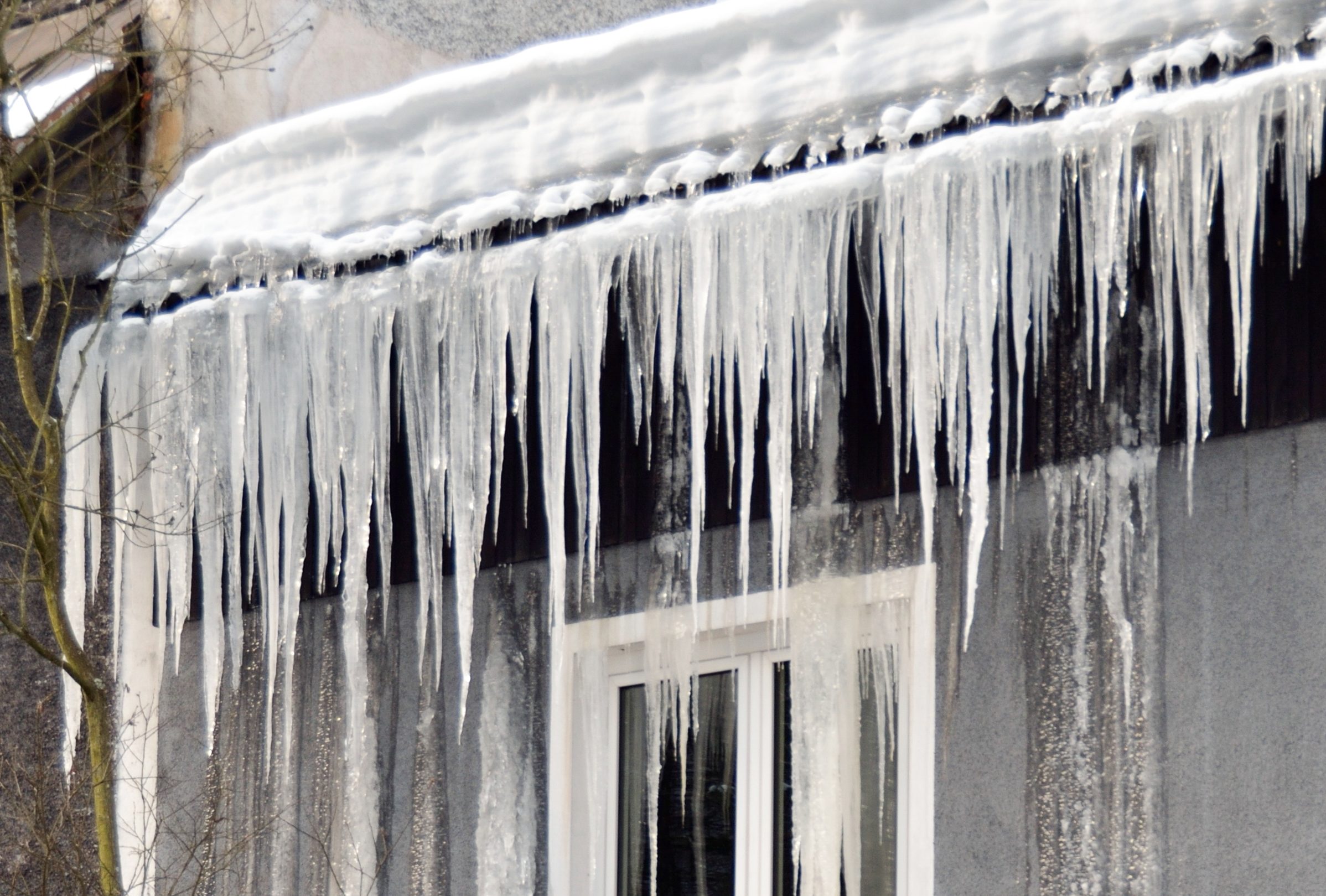Damages from Ice and Water
Most homeowners would just scoff and ask themselves “Alright, so what if my roof gets exposed to rain? A bit of rain won’t hurt right?”. Well yes, a bit of rain and snow won’t hurt your roof’s framework, but in the long term, it will chip away at the health of your roof. If you’re going to leave your roof exposed to flowing water and snow for months and even years, it will cause irreparable damage.
Normally, shingles and other roofing materials have been designed to shed water that has fallen vertically. There are some cases in that water is propelled horizontally by strong winds which can result in water seeping inside shingles. Moreover, snow can accumulate on low-sloped roofs if left unchecked and can break shingles. Broken or valleyed shingles can become passageways for water and moisture toward your roof’s interiors and cause leaks.
Corroding Your Home’s Foundations
In most cases, the foundation of homes is designed with either wooden beams or concrete. Both of these materials are susceptible to damage from water. Flowing water can slowly corrode the integrity of your home’s foundations as it chips away at the defensive mineral matrix of concrete supports. Moreover, water can cause dark stains and rotting to form on wooden beams.
Increases Humidity And Moisture
Darkened stains on your roof can be a sign that rotting is occurring on your roof’s interiors. Water doesn’t necessarily have to get inside your roof’s interiors to cause damage. In most cases, sweating on our ceiling and sidings is caused by moisture being trapped inside our roof. There are many reasons why moisture could penetrate the roof; either your insulation is too thick which could trap moisture or your roof simply does not have good ice and water shielding.
It’s recommended that you contact your local roofing contractor if you do find molds and mildew on your roof.
Accumulated Weight
In colder seasons, snow can accumulate on the roofing system and can become an additional weight. Although a bit of snow might be alright, too much snow can easily wreck your roof’s supporting beams. Most homes that are situated in the colder regions of the States tend to have steeper slopes to counter snow that might settle on roofs. However, if you’re using low-sloped roofs, then it’s best to have ice and water protection to help prevent ice dams.
Why Is It Necessary
In some parts of the country, ice and water shielding are adamant in keeping your roof dry. Ice and water shielding are still important in keeping moisture away from your roof’s structure, even in warm states. In most states, it’s called felt paper and it’s a thick layer right underneath your top layer. The main purpose of felt paper is to keep water, ice, and moisture from seeping toward your roof’s interiors and supporting structures.
One of the most common mistakes that homeowners overlook is that they skip the installation of ice and water protection. These homeowners are too fixated on looking at the price and longevity of their roofs. In reality, there are more variables to take into account, and having ice and water protection can safeguard your roof. It might be another investment that you have to consider and might cost you money in the short term, but this will save you thousands of dollars worth of damages in the long term.
To summarize everything, ice and water shielding is paramount in keeping our roofs dry. Whether you’re living in warmer regions of the United States, there will be a chance that it will rain, and being prepared for such weather will help keep your roof in pristine condition. Nature can be hard to predict so it’s only appropriate to be prepared for the unpredictable.
If you’re not sure about how you’re going to install ice and water protection, you can always ask your local contractor to help you out. It’s highly advised that you commission the services of a licensed roofing contractor. Having a contractor that is experienced in installing ice and water shielding can help prevent future damages that may come during the winter.


